Seaweed in poultry nutrition: a sustainable strategy that improves the quality of the final product.
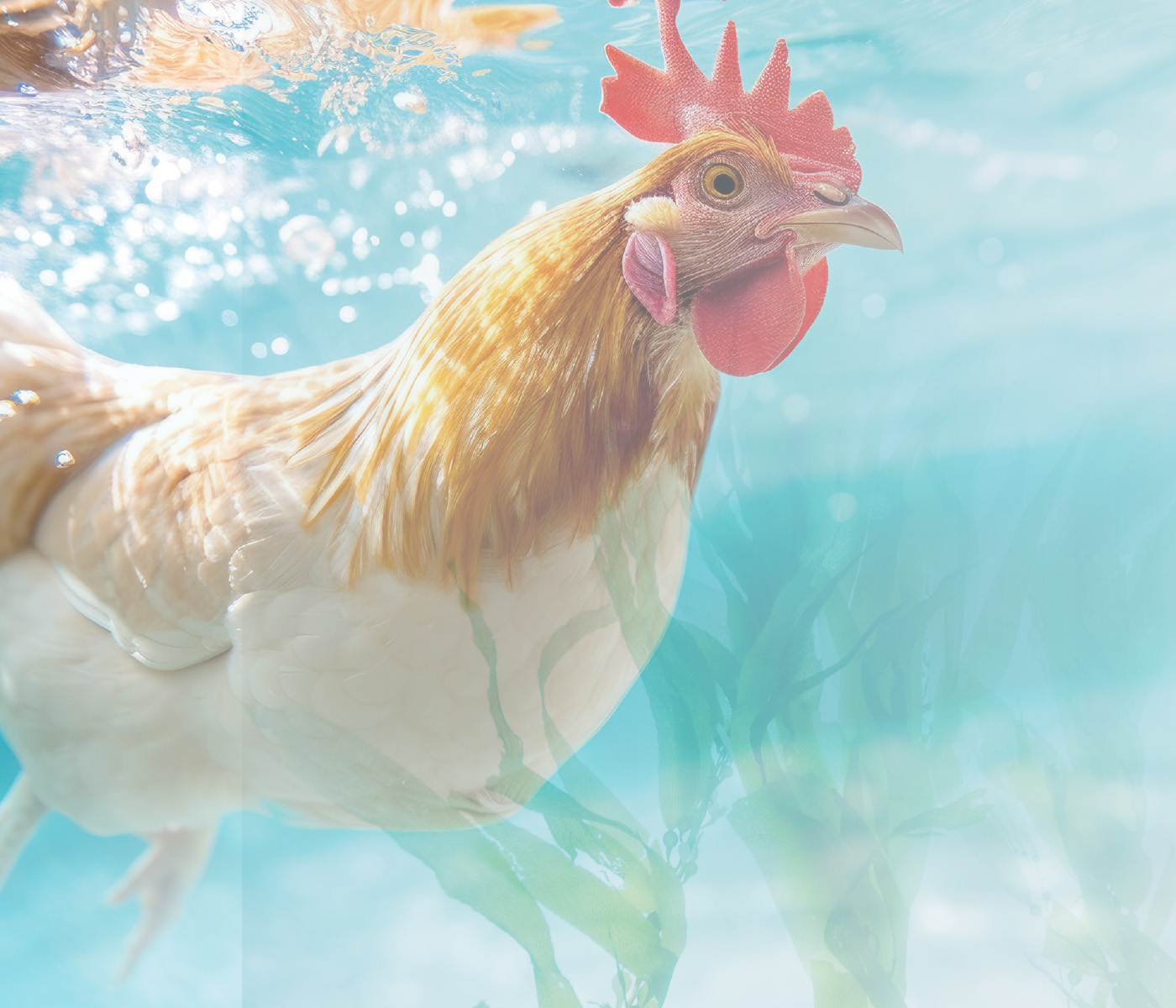 22 May 2025
22 May 2025
Seaweed in poultry nutrition: a sustainable strategy that improves the quality of the final product.
As an ingredient rich in various nutrients, seaweed can be added to the diet as a partial or total substitute for conventional ingredients such as corn and soybean meal.
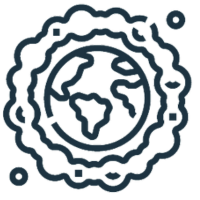
• With the growing interest in more eco-friendly and nutritious feed alternatives, the use of seaweed in poultry nutrition represents an innovation and a promising strategy for the poultry industry.
One of the main highlights of incorporating macroalgae and microalgae into poultry diets is their high protein content. Microalgae varieties such as Spirulina and Chlorella can contain protein levels as high as 50–70%, surpassing traditional sources like soybean meal.
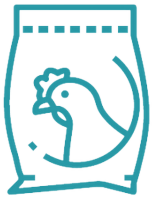 Seaweed can be incorporated into feed preparation in the form of powder or meal after dehydration, which facilitates its inclusion since it has a similar consistency to corn or soybean meal. In meal form, seaweed can be mixed directly into dry feeds or even included in wet diets.
Seaweed can be incorporated into feed preparation in the form of powder or meal after dehydration, which facilitates its inclusion since it has a similar consistency to corn or soybean meal. In meal form, seaweed can be mixed directly into dry feeds or even included in wet diets.
In addition, seaweed can be supplemented in the form of pellets or liquid extracts, which can be added to the birds’ drinking water. Among the microalgae used in animal production, Spirulina (Arthrospira sp.), Chlorella sp., and Schizochytrium sp. are the most commonly used.
Algae are defined as aquatic organisms belonging to the kingdom Protista, and they can be multicellular, presenting various forms and sizes. Seaweed is classified into different groups, including:
Chlorophyta (green algae),
Phaeophyta (brown algae),
Rhodophyta (red algae), and
Cyanophyta (blue-green algae or cyanobacteria).
Main Types of Algae
[register]Chlorophyta, or green algae, are rich in chlorophyll, which helps with detoxification, aiding the elimination of accumulated toxins in the birds’ bodies and promoting better digestion.

• They provide high concentrations of calcium, which is crucial for bone development and eggshell health, as well as iron, which aids in oxygen transport in the blood and helps prevent anemia.

| The main carotenoids are lutein and zeaxanthin, which are antioxidants that protect cells from damage caused by free radicals, especially in birds exposed to environmental or heat stress. |
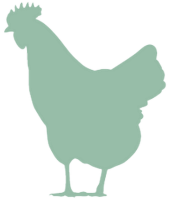 Some green algae, such as Codium, contain sulfated polysaccharides, compounds that may have beneficial effects on bird health.
Some green algae, such as Codium, contain sulfated polysaccharides, compounds that may have beneficial effects on bird health.
These polysaccharides can act as anti-inflammatory and immunomodulatory agents, helping to strengthen the birds’ immune system. The most commonly used green algae in poultry feed are Chlorella sp., Ulva sp., Volvox sp., and Cladophora sp..

Iodine is an essential mineral for the proper functioning of the thyroid gland, which regulates the birds’ metabolism, helping to maintain hormonal balance and promote overall health. It can be especially beneficial for birds during periods of increased metabolic demand, such as reproduction or moulting.
Alginic acid is a substance with gelling properties that can aid digestion by promoting the elimination of toxins in the birds’ intestinal tract, acting as a natural pH regulator in the gut.
 Other properties of brown algae include immunomodulatory and antioxidant compounds such as fucoidans, which are sulfated polysaccharides, and fucoxanthin, a carotenoid.
Other properties of brown algae include immunomodulatory and antioxidant compounds such as fucoidans, which are sulfated polysaccharides, and fucoxanthin, a carotenoid.
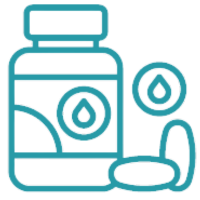 Brown algae also contain high amounts of polyunsaturated fatty acids, such as eicosapentaenoic acid (EPA) and docosahexaenoic acid (DHA), which are important for brain function, cardiovascular health in birds, and for enriching meat and eggs with these beneficial fatty acids.
Brown algae also contain high amounts of polyunsaturated fatty acids, such as eicosapentaenoic acid (EPA) and docosahexaenoic acid (DHA), which are important for brain function, cardiovascular health in birds, and for enriching meat and eggs with these beneficial fatty acids.
![]()
| Rhodophyta, or red algae, are rich sources of essential fatty acids, such as omega-3—particularly eicosapentaenoic acid (EPA)—and omega-6, which help maintain cellular health and improve the lipid profile of birds. |
 Red algae are sources of important vitamins, such as vitamin B12, which is essential for avian metabolism and helps in the formation of blood cells and the proper functioning of the nervous system. This vitamin is particularly important for the healthy growth of broilers and the maintenance of overall health in laying hens, especially under conditions of high egg production.
Red algae are sources of important vitamins, such as vitamin B12, which is essential for avian metabolism and helps in the formation of blood cells and the proper functioning of the nervous system. This vitamin is particularly important for the healthy growth of broilers and the maintenance of overall health in laying hens, especially under conditions of high egg production.
Another benefit of Rhodophyta is their high antioxidant content, including vitamin C, vitamin E, and polyphenols, which help to strengthen the birds’ immune system, making them more resistant to diseases and infections.
• Accordingly, phycocyanins have been linked to benefits such as enhanced immune function and protection against oxidative stress, helping to reduce cellular damage in birds and contributing to their overall health.
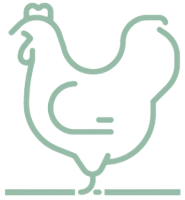 Regarding polysaccharides, red algae are rich in agar and alginic acid. Agar is used in food and supplement production and has prebiotic effects in the intestinal tract of birds, promoting the growth of beneficial bacteria and improving digestion.
Regarding polysaccharides, red algae are rich in agar and alginic acid. Agar is used in food and supplement production and has prebiotic effects in the intestinal tract of birds, promoting the growth of beneficial bacteria and improving digestion.
Alginic acid, on the other hand, has detoxifying effects and can aid in the elimination of heavy metals and toxins from the birds’ bodies. The most commonly used algae from this group in poultry feed is Porphyra (also known as nori).
• When using aqueous extracts of Porphyra dioica to evaluate the delay of spoilage and oxidation in chicken breast during storage, it was observed that the treated chicken breasts showed lower lipid oxidation levels, reduced bacterial growth, and greater color stability compared to the untreated group (Reboleira et al., 2020).
| Cyanophyta, or blue-green algae, stand out due to their high protein and chlorophyll content, as well as bioactive compounds that promote digestive and respiratory health. |
• Cyanophyta contain essential fatty acids, including polyunsaturated fatty acids such as omega-3 (linolenic acid) and omega-6.
 Cyanobacteria are rich in carotenoids, such as beta-carotene, which is a precursor of vitamin A — essential for vision, skin health, and the immune system of birds. They are also a source of various B-complex vitamins, including vitamin B12 (cobalamin), riboflavin (B2), niacin (B3), and folic acid (B9).
Cyanobacteria are rich in carotenoids, such as beta-carotene, which is a precursor of vitamin A — essential for vision, skin health, and the immune system of birds. They are also a source of various B-complex vitamins, including vitamin B12 (cobalamin), riboflavin (B2), niacin (B3), and folic acid (B9).
Cyanophyta contain polysaccharides such as cyanophyco-cellulose, which have prebiotic effects. These compounds promote the growth of beneficial bacteria in the birds’ intestinal tract, enhancing digestive health and efficient nutrient absorption.
 The presence of these polysaccharides can also improve intestinal function and resistance to gastrointestinal diseases. Additionally, cyanobacteria have a high concentration of nucleic acids, such as RNA and DNA, which are important for cell regeneration and growth.
The presence of these polysaccharides can also improve intestinal function and resistance to gastrointestinal diseases. Additionally, cyanobacteria have a high concentration of nucleic acids, such as RNA and DNA, which are important for cell regeneration and growth.
The main blue algae used in poultry feed are Spirulina (Arthrospira platensis and Arthrospira maxima), Aphanizomenon flos-aquae, and Nostoc.
Spirulina platensis at 0.25–1.0% in broiler chicken diets significantly improved growth performance, including body weight, weight gain, and feed conversion rate (Park et al., 2018).
The use of marine algae in poultry feed represents a promising and sustainable strategy to improve the nutritional quality of feed and promote poultry health.

Incorporating seaweed into poultry diets can decrease the reliance on traditional ingredients like soybean meal and diversify feed sources.
Due to the wide range of species with distinct nutritional and functional benefits, seaweeds serve various purposes in poultry nutrition, helping to enhance meat and egg production efficiency while supporting bird health and sustainable farming practices.

References available upon request. [/register]
Subscribe now to the technical magazine of animal nutrition
AUTHORS
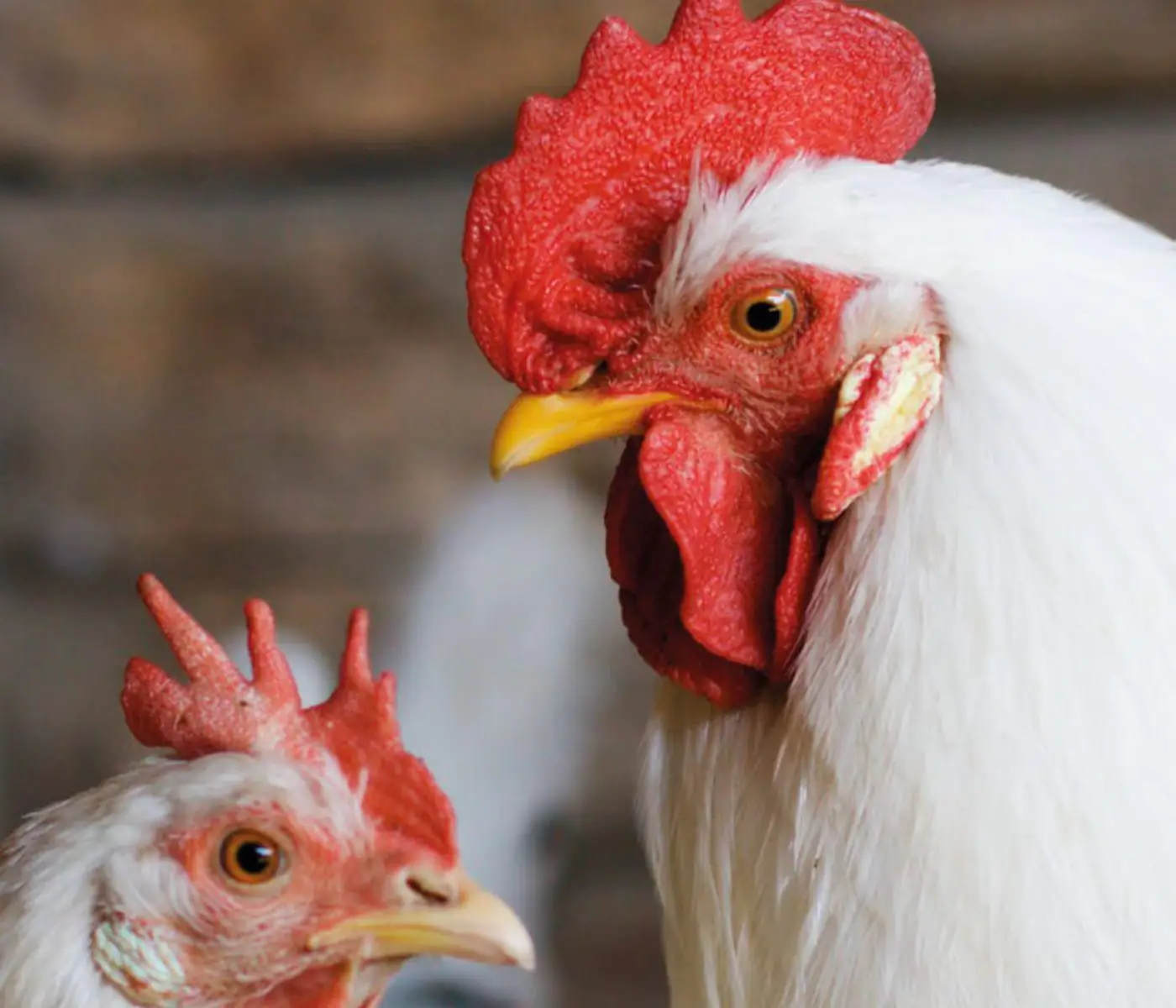
Nutritional Interventions to Improve Fertility in Male Broiler Breeders
Edgar Oviedo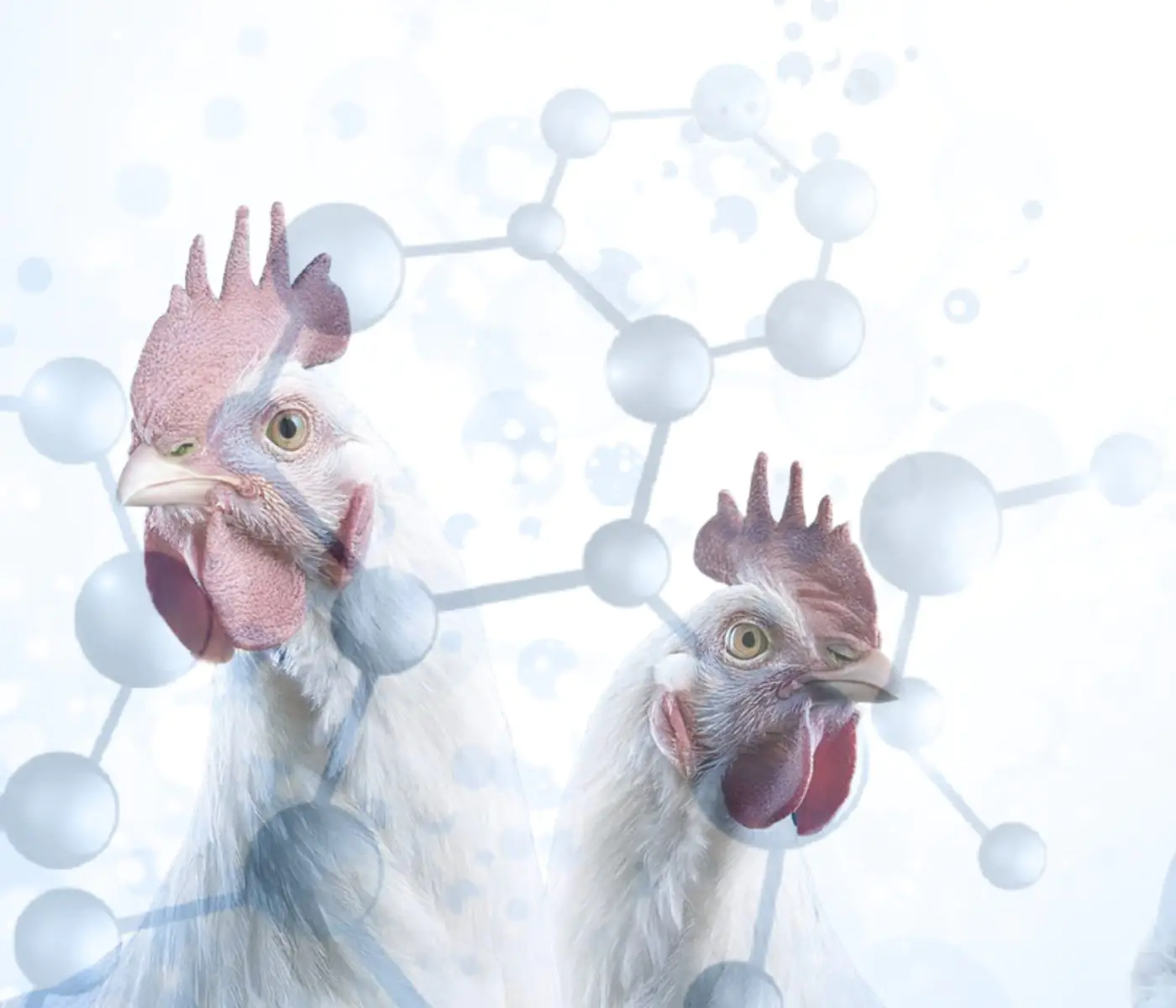
The Use of Organic Acids in Poultry: A Natural Path to Health and Productivity
M. Naeem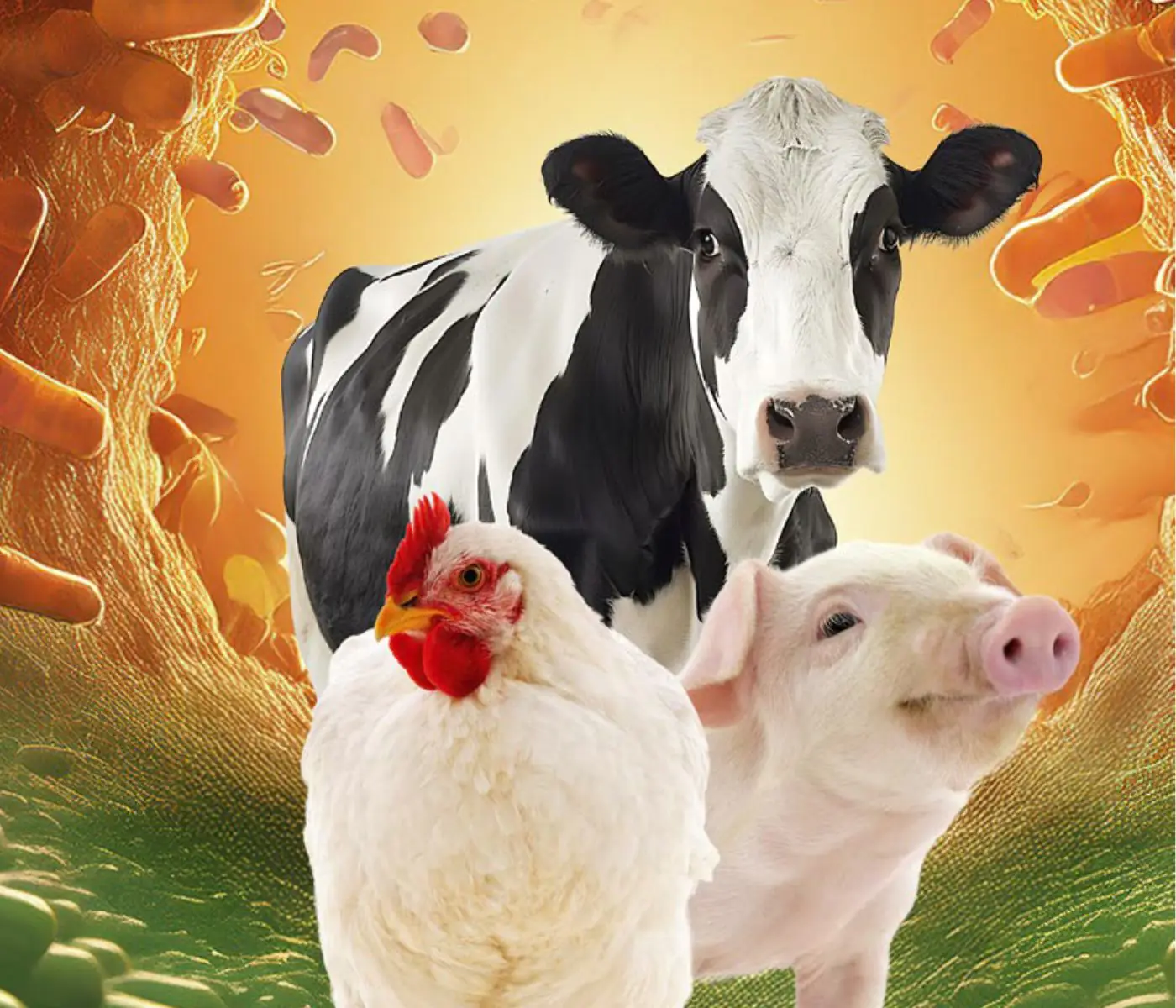
Synergistic Benefits of Prebiotics and Probiotics in Poultry, Swine, and Cattle
Gustavo Adolfo Quintana-Ospina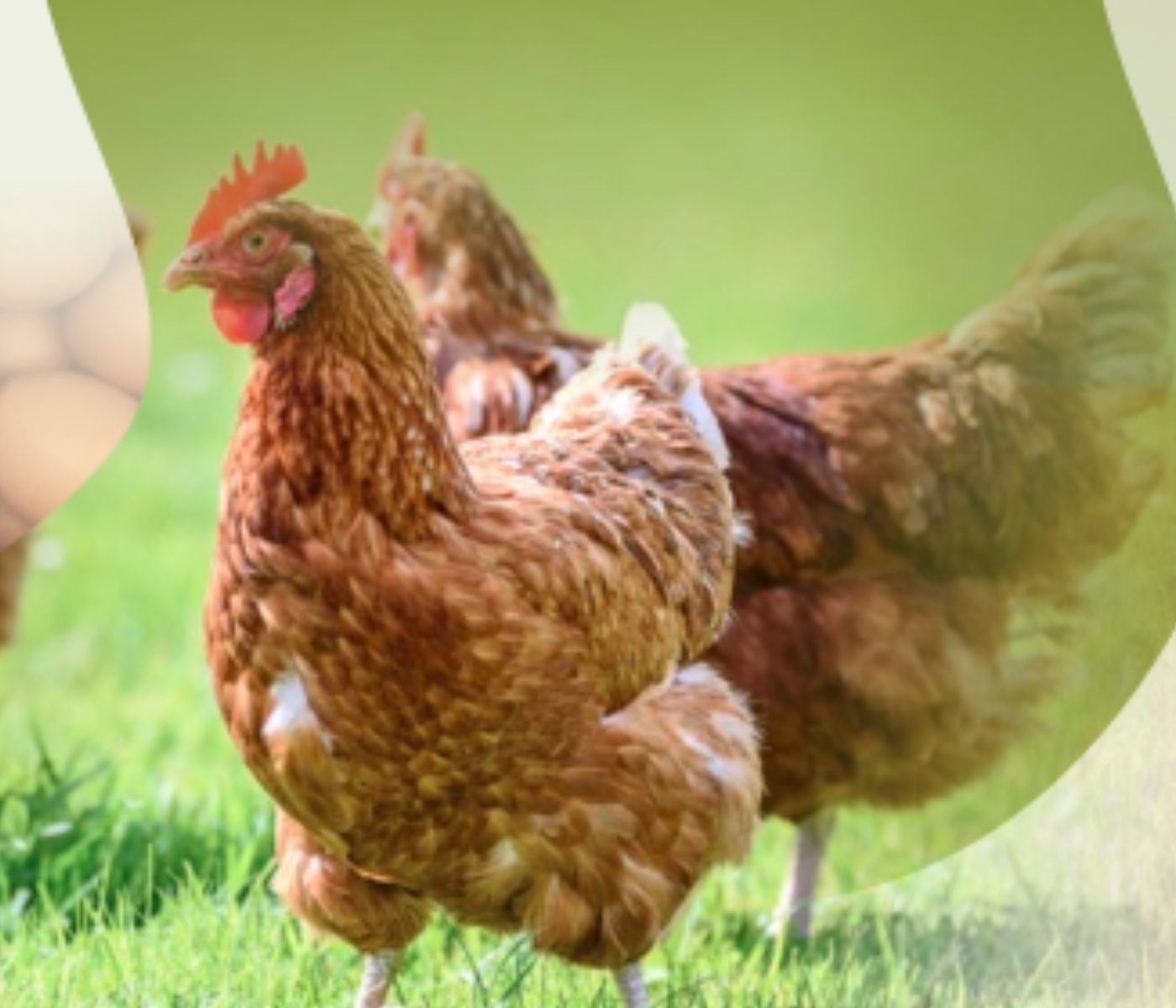
Hybrid Rye Potential in Laying Hen Feed Rations
Gwendolyn Jones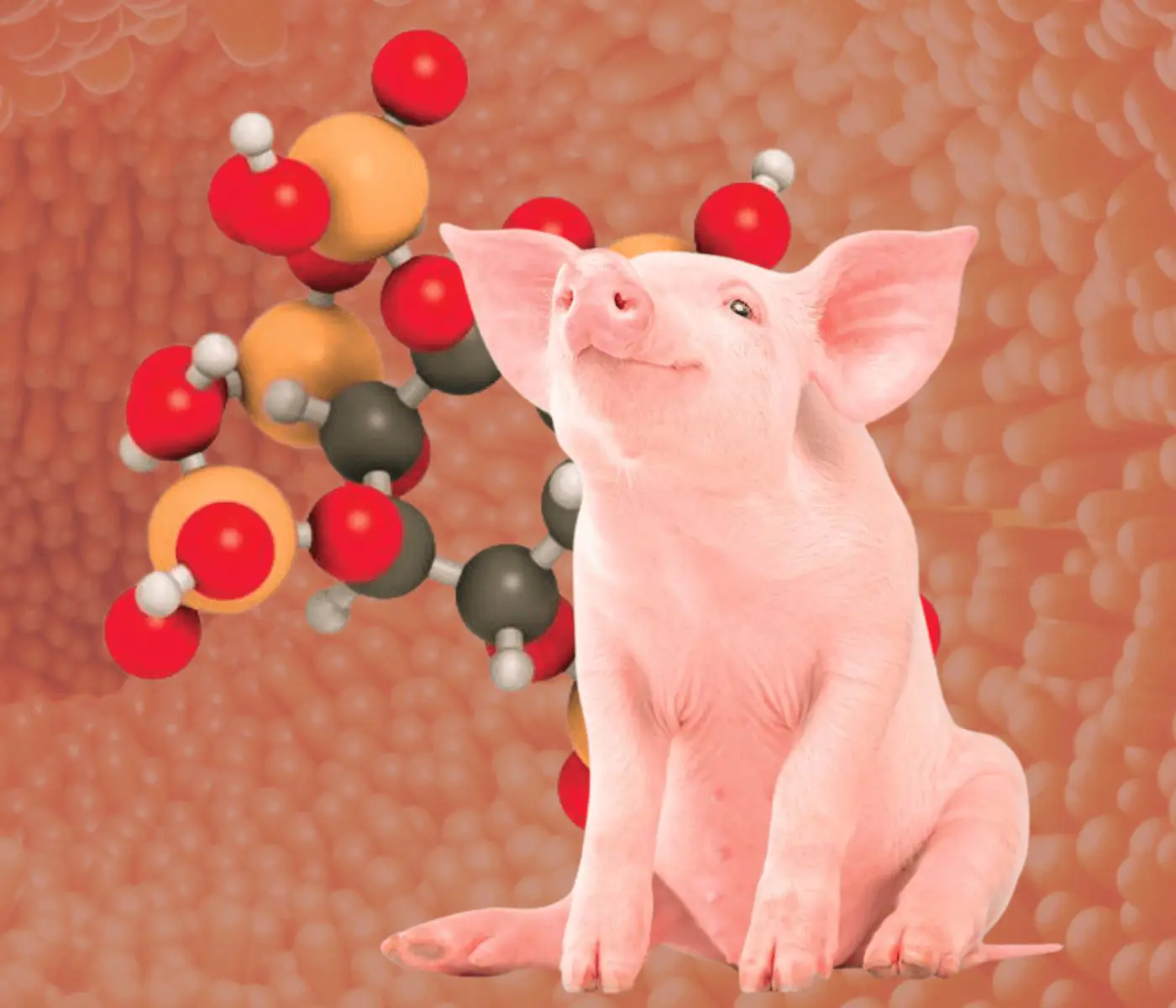
A day in the life of phosphorus in pigs: Part I
Rafael Duran Giménez-Rico
Use of enzymes in diets for ruminants
Braulio de la Calle Campos
Minerals and Hoof Health in the Pregnant Sow
Juan Gabriel Espino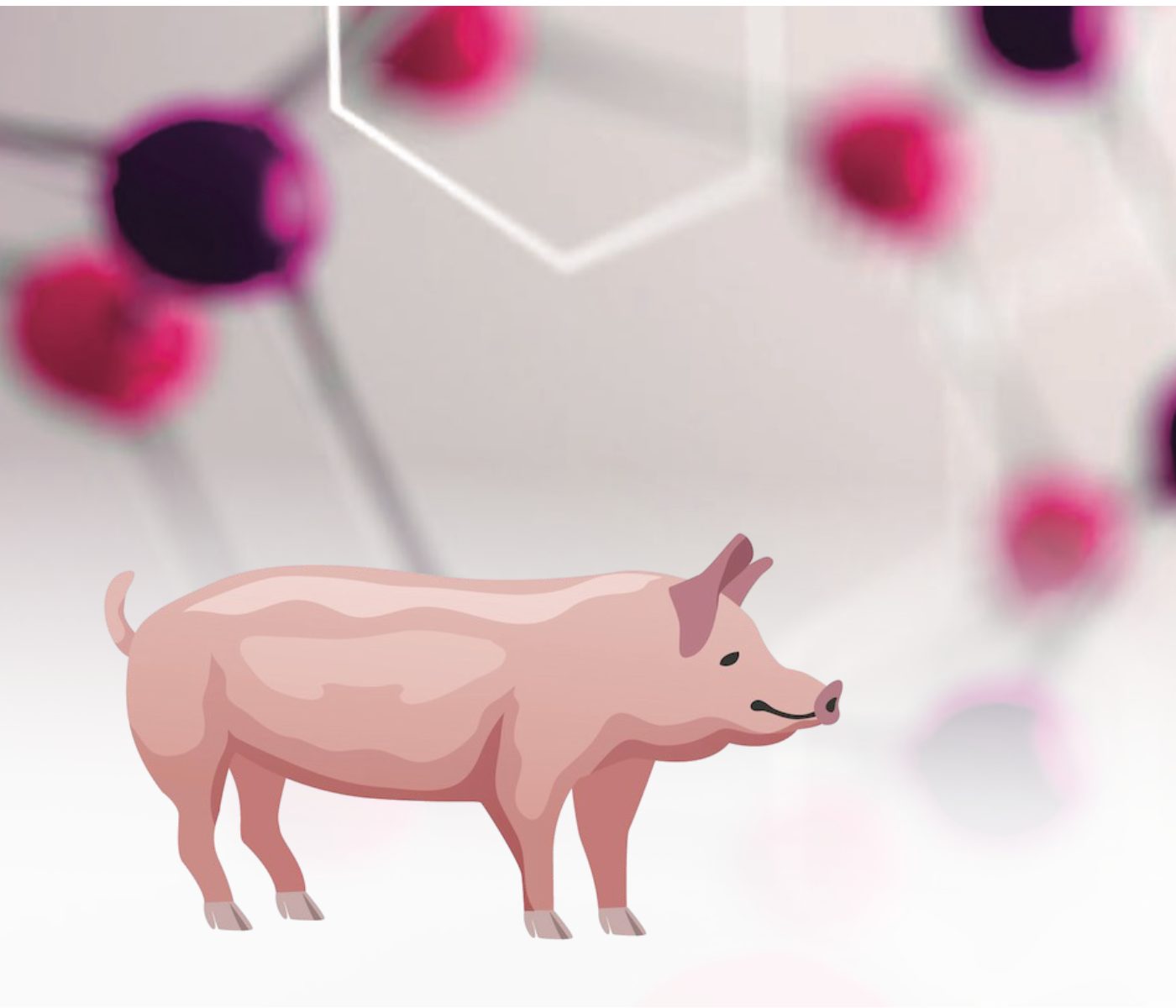
Impact of Oxidized Fats on Swine Reproduction and Offspring
Maria Alejandra Perez Alvarado